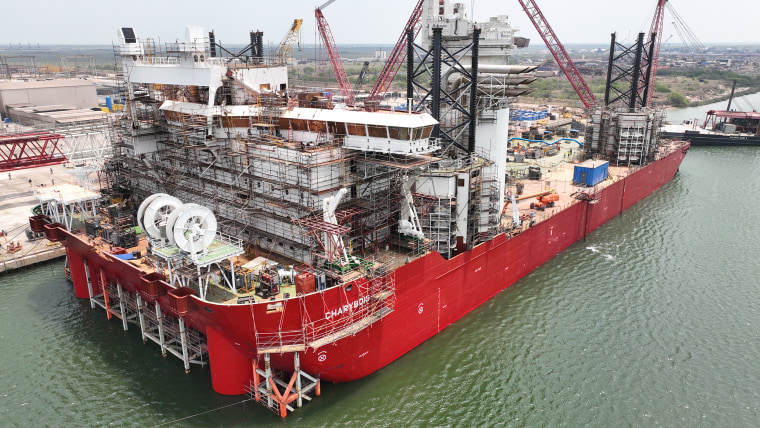
Sailing Towards Success: Unlocking Biden’s Wind Energy Goal Post-Election
With the ongoing global focus on renewable energy sources to combat climate change, the wind energy sector has garnered significant attention as a key player in the transition towards a cleaner and more sustainable future. The wind energy industry has shown promising growth in recent years, with technological advancements and policy support driving increased adoption of wind power worldwide. However, achieving ambitious targets for wind energy capacity expansion remains a challenging task, as highlighted by the Biden administration’s goal of significantly increasing offshore wind capacity by 2030.
The shift towards offshore wind energy presents a unique set of opportunities and challenges. Offshore wind farms have the potential to generate large amounts of clean electricity, leveraging powerful and consistent winds over the ocean to produce renewable energy. This can help reduce reliance on fossil fuels and lower greenhouse gas emissions, contributing to national and global efforts to combat climate change. Additionally, offshore wind projects can create jobs, drive economic growth, and support local communities in coastal areas.
Despite these benefits, the development of offshore wind projects faces various hurdles that can hinder progress towards meeting ambitious targets. One key challenge is the complex regulatory and permitting process involved in establishing offshore wind farms. The approval process for offshore projects can be time-consuming and costly, requiring coordination among multiple stakeholders, including government agencies, environmental organizations, and local communities. Delays in obtaining necessary permits and approvals can significantly impede the development of offshore wind projects and slow down the transition to renewable energy.
Moreover, offshore wind projects often require substantial upfront investment, and uncertainties surrounding regulatory approval and market conditions can pose financial risks for developers and investors. Securing financing for offshore wind farms can be challenging, as lenders and investors may be reluctant to commit capital to projects with uncertain timelines and returns. To accelerate the development of offshore wind energy, policymakers and industry stakeholders must work together to streamline regulatory processes, mitigate financial risks, and create a conducive investment environment for offshore wind projects.
In the United States, the Biden administration has set a target of developing 30 gigawatts of offshore wind capacity by 2030, representing a significant expansion of the country’s offshore wind industry. Achieving this goal will require a coordinated effort at the federal, state, and local levels to overcome regulatory barriers, attract investments, and support the growth of the offshore wind sector. By implementing policies that incentivize offshore wind development, such as tax credits, grants, and loan guarantees, the government can encourage private sector investment and accelerate the deployment of offshore wind projects.
In conclusion, offshore wind energy holds immense potential as a clean and renewable energy source that can help address the challenges of climate change and promote sustainable development. To realize the full benefits of offshore wind power, it is essential to address regulatory hurdles, enhance financing mechanisms, and foster collaboration among stakeholders to drive the growth of the offshore wind industry. By unlocking the key to expanding offshore wind capacity, countries can build a more resilient and sustainable energy system for the future.
